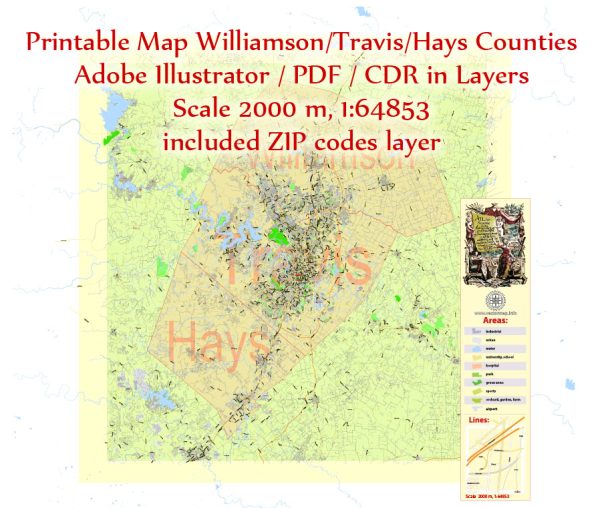Williamson, Travis, and Hays Counties in Texas, including the city of Austin, are known for their diverse and unique ecological characteristics. Here is a general ecological description of the area:
- Hill Country Ecosystem:
- The region is part of the Texas Hill Country, known for its picturesque rolling hills, limestone outcrops, and rugged terrain.
- Diverse plant life, including juniper, oak, cedar, and various grasses, thrives in this ecosystem.
- Rivers and Waterways:
- The Colorado River and its tributaries, such as the San Gabriel River, flow through these counties, providing essential water resources and supporting a wide range of aquatic life.
- Barton Springs, located in Austin, is a famous natural spring that feeds Barton Creek and is home to several unique aquatic species.
- Caves and Karst Landscapes:
- The area is known for its karst topography, which includes caves, sinkholes, and underground aquifers.
- The Edwards Aquifer, a massive underground reservoir, provides water to the region and is a critical ecological feature.
- Biodiversity:
- The Texas Hill Country is home to a diverse array of wildlife, including white-tailed deer, wild turkeys, songbirds, and reptiles.
- Endangered species like the golden-cheeked warbler and the black-capped vireo can be found in the region.
- Parks and Preserves:
- The area boasts numerous parks and preserves, such as the Balcones Canyonlands National Wildlife Refuge and the Barton Creek Greenbelt, offering opportunities for outdoor activities and nature conservation.
- Unique Flora:
- The region is characterized by unique flora, such as the Texas madrone and the Texas mountain laurel, both of which contribute to the area’s rich biodiversity.
- Challenges and Conservation:
- The rapid growth and urbanization in the Austin area have led to environmental challenges, including habitat loss, water quality issues, and the need for sustainable urban planning and conservation efforts.
- Cultural and Historical Significance:
- The ecological features of the region have played a vital role in shaping the culture and history of the Texas Hill Country, including ranching and agriculture traditions.
It’s important to note that the ecological characteristics of these counties are subject to change due to factors like urban development, land use, and climate. Efforts are ongoing to preserve and protect the unique ecological heritage of this region through conservation initiatives and responsible land management.


 Author: Kirill Shrayber, Ph.D.
Author: Kirill Shrayber, Ph.D.